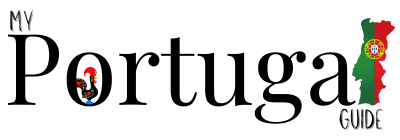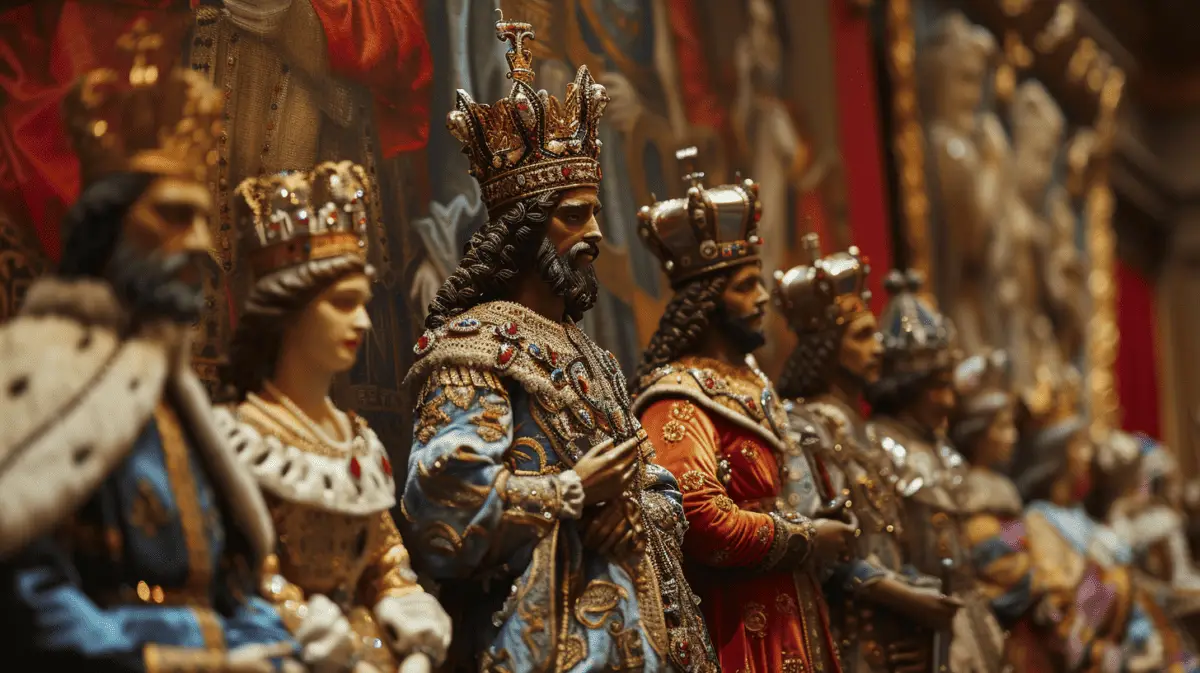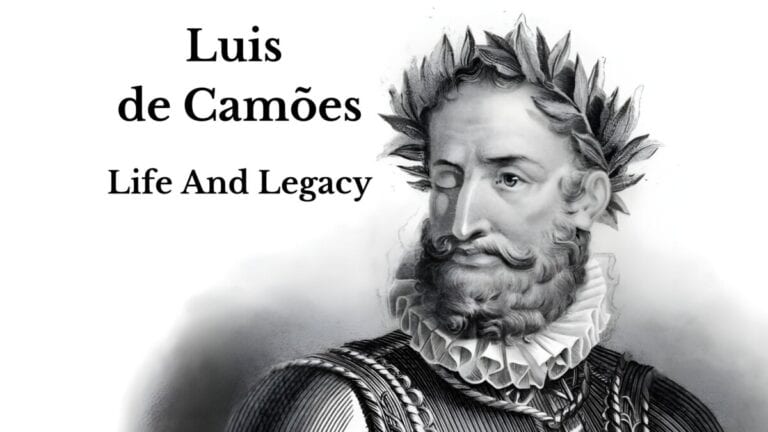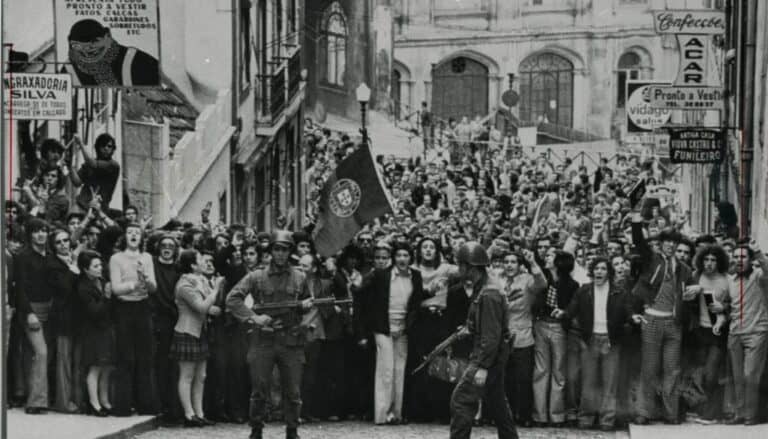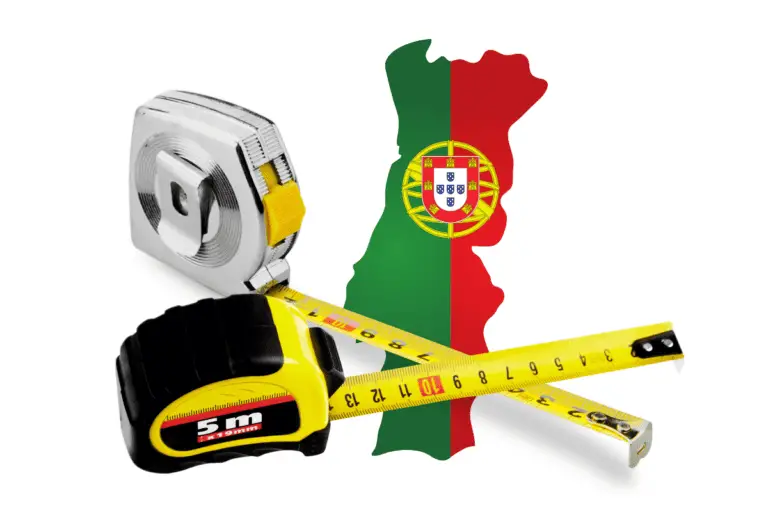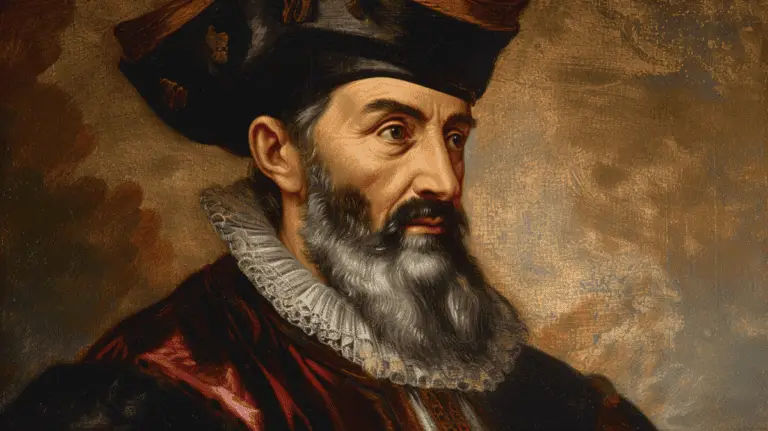Kings & Queens of Portugal
Portugal has a rich history of monarchy that spans nearly 800 years, from the establishment of the Kingdom of Portugal in 1139 to the abolition of the monarchy and the establishment of the Portuguese Republic on October 5, 1910. Here is a concise chronology of the kings and queens who ruled Portugal:
House of Burgundy (1139–1383)

- Afonso I (Afonso Henriques): 1139–1185, known as the Conqueror, he was the founder of the Kingdom of Portugal.
- Sancho I: 1185–1211, called the Populator.
- Afonso II: 1211–1223, known as the Fat.
- Sancho II: 1223–1247, called the Pious.
- Afonso III: 1248–1279, he annexed the Algarve, completing the conquest of Portugal.
- Dinis (Denis) I: 1279–1325, known for his administrative reforms and patronage of culture.
- Afonso IV: 1325–1357, called the Brave.
- Pedro I: 1357–1367, known as the Just.
- Fernando I: 1367–1383, called the Handsome.

House of Aviz (1385–1581)
- João I: 1385–1433, known as the Good, he secured Portugal’s independence from Castile.
- Duarte I: 1433–1438, called the Philosopher.
- Afonso V: 1438–1481, known as the African for his campaigns in North Africa.
- João II: 1481–1495, called the Perfect Prince, he was a central figure in the early days of the Portuguese Empire.
- Manuel I: 1495–1521, known as the Fortunate, during whose reign Portuguese explorers reached Brazil and India.
- João III: 1521–1557, called the Pious, his reign saw the spread of the Inquisition in Portugal.
- Sebastião I: 1557–1578, known for his ill-fated attempt to conquer Morocco.
- Henrique I: 1578–1580, called the Chaste, his death led to a succession crisis.

House of Habsburg (1581–1640)
- Filipe I (II of Spain): 1580–1598, his reign began the Iberian Union under Spanish rule.
- Filipe II (III of Spain): 1598–1621.
- Filipe III (IV of Spain): 1621–1640.

House of Braganza (1640–1910)
- João IV: 1640–1656, called the Restorer, he led the Portuguese Restoration War to regain independence from Spain.
- Afonso VI: 1656–1683, known as the Victorious.
- Pedro II: 1683–1706, called the Pacific.
- João V: 1706–1750, known as the Magnanimous, his reign was marked by great wealth from Brazil.
- José I: 1750–1777, called the Reformer.
- Maria I: 1777–1816, Portugal’s first queen regnant.
- João VI: 1816–1826.
- Pedro IV: 1826, also Emperor of Brazil as Pedro I.
- Maria II: 1826–1828 and 1834–1853, her reign was interrupted by her uncle’s claim to the throne.
- Miguel I: 1828–1834, his reign was marked by a civil war known as the Liberal Wars.
- Pedro V: 1853–1861.
- Luís I: 1861–1889.
- Carlos I: 1889–1908, his assassination led to the end of the Braganza dynasty.
- Manuel II: 1908–1910, the last king of Portugal, overthrown by the 1910 revolution.

The story of the Kings of Portugal is not just a list of names and dates; it’s a saga of bravery, intrigue, and transformation. Let’s dive into the captivating journey of the monarchs who have sat on the Portuguese throne.
The Dawn of a Nation: House of Burgundy (1139–1383)
The narrative begins with Afonso I (Afonso Henriques), the valiant founder of the Kingdom of Portugal. Crowned in 1139, Afonso Henriques was a warrior king, known as the Conqueror. His legacy is the birth of a nation, carved out through determination and battle.Following Afonso I, the throne was inherited by a line of kings who contributed to the early development of Portugal. Sancho I, his son, earned the nickname the Populator for encouraging settlement in the newly established kingdom. Then came Afonso II, known as the Fat, who faced internal disputes but maintained the kingdom’s integrity.Sancho II and Afonso III continued the lineage, with Afonso III completing the conquest of the Algarve, thus finalizing the geographical boundaries of Portugal. Dinis I, a king with a penchant for culture and administration, and his successors, Afonso IV, Pedro I, and Fernando I, each added their unique strokes to the evolving portrait of Portugal.
A New Dynasty: House of Aviz (1385–1581)
The transition to the House of Aviz marked a pivotal turn in the saga of the Kings of Portugal. João I, the Master of Aviz, emerged victorious in a battle for the throne, cementing Portugal’s independence and initiating the Age of Discoveries. His reign was characterized by exploration and the beginning of Portugal’s global empire.His successors, including Duarte I, Afonso V, and João II, furthered the nation’s ambitions. João II, known as the Perfect Prince, was particularly instrumental in navigating the complexities of international diplomacy and exploration.Manuel I, the Fortunate, saw Portuguese explorers reach Brazil and India, expanding Portugal’s empire and wealth. His reign was followed by João III, whose era was marked by the spread of the Inquisition, and Sebastião I, whose reign ended in tragedy in Morocco.
The Spanish Chapter: House of Habsburg (1581–1640)
The Iberian Union under the House of Habsburg saw Portugal under Spanish monarchs Filipe I, Filipe II, and Filipe III. This period was marked by a loss of autonomy, stirring unrest and a longing for independence among the Portuguese.
The Restoration and Beyond: House of Braganza (1640–1910)
The House of Braganza heralded a new era with João IV, the Restorer, who reclaimed Portuguese independence. His descendants, including Afonso VI, Pedro II, and João V, navigated through periods of war, peace, and prosperity. João V‘s reign, in particular, was known for the opulence funded by Brazilian gold.Maria I made history as Portugal’s first queen regnant, leading into a tumultuous period that included the Napoleonic invasions and the Brazilian independence. The final monarchs, Carlos I and Manuel II, faced the challenges of a changing world, with the monarchy ultimately being abolished in 1910.

The Kings of Portugal were more than just rulers; they were the architects of a nation’s identity, navigating through periods of glory, conflict, and transformation. Their legacies, woven into the fabric of Portuguese history, continue to inspire and intrigue.
FAQs
Sources Used In This Article:
http://www.royaltombs.dk/portugal.html
https://www.behindthename.com/namesakes/category/portuguese-rulers/chrono
